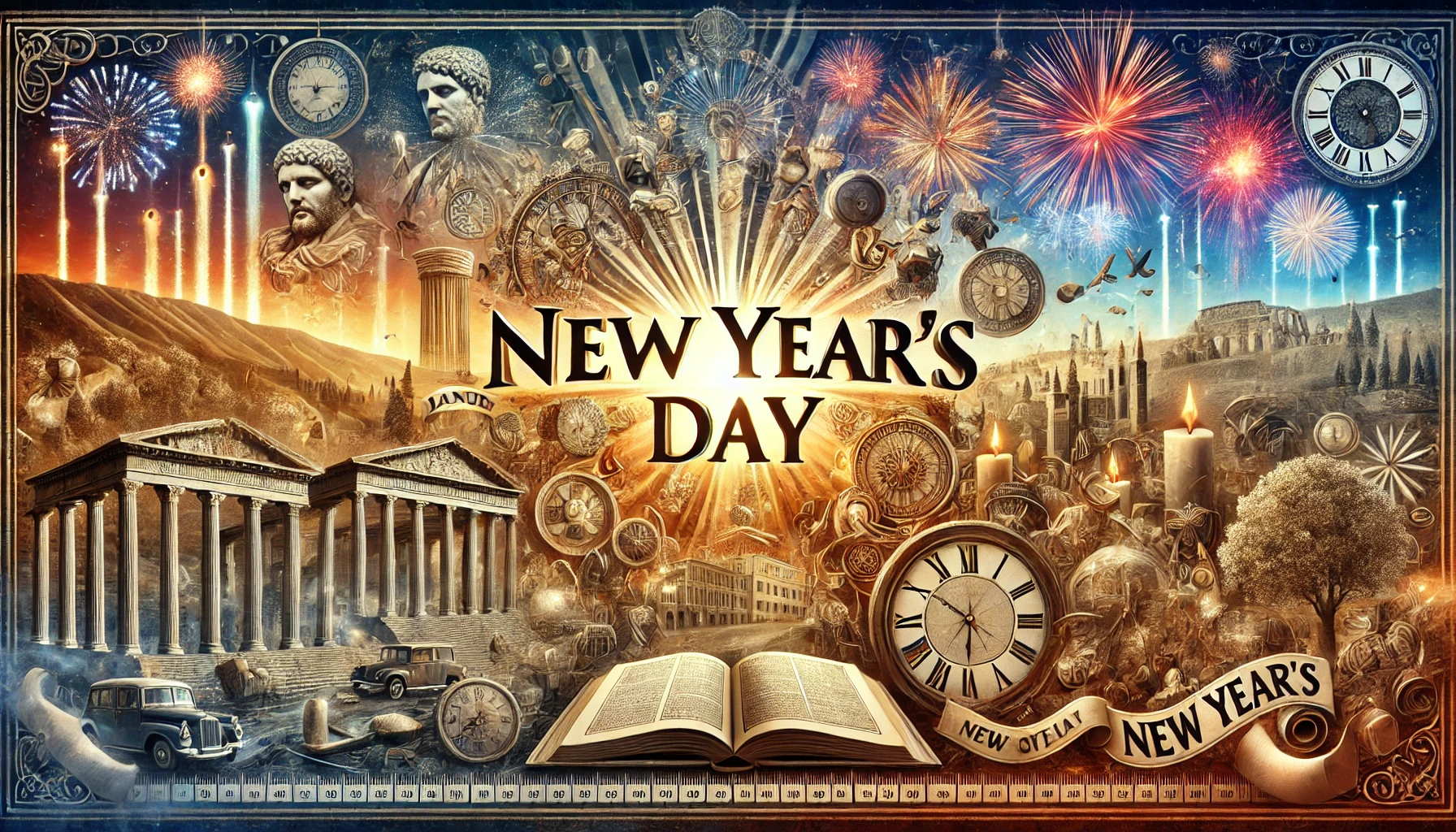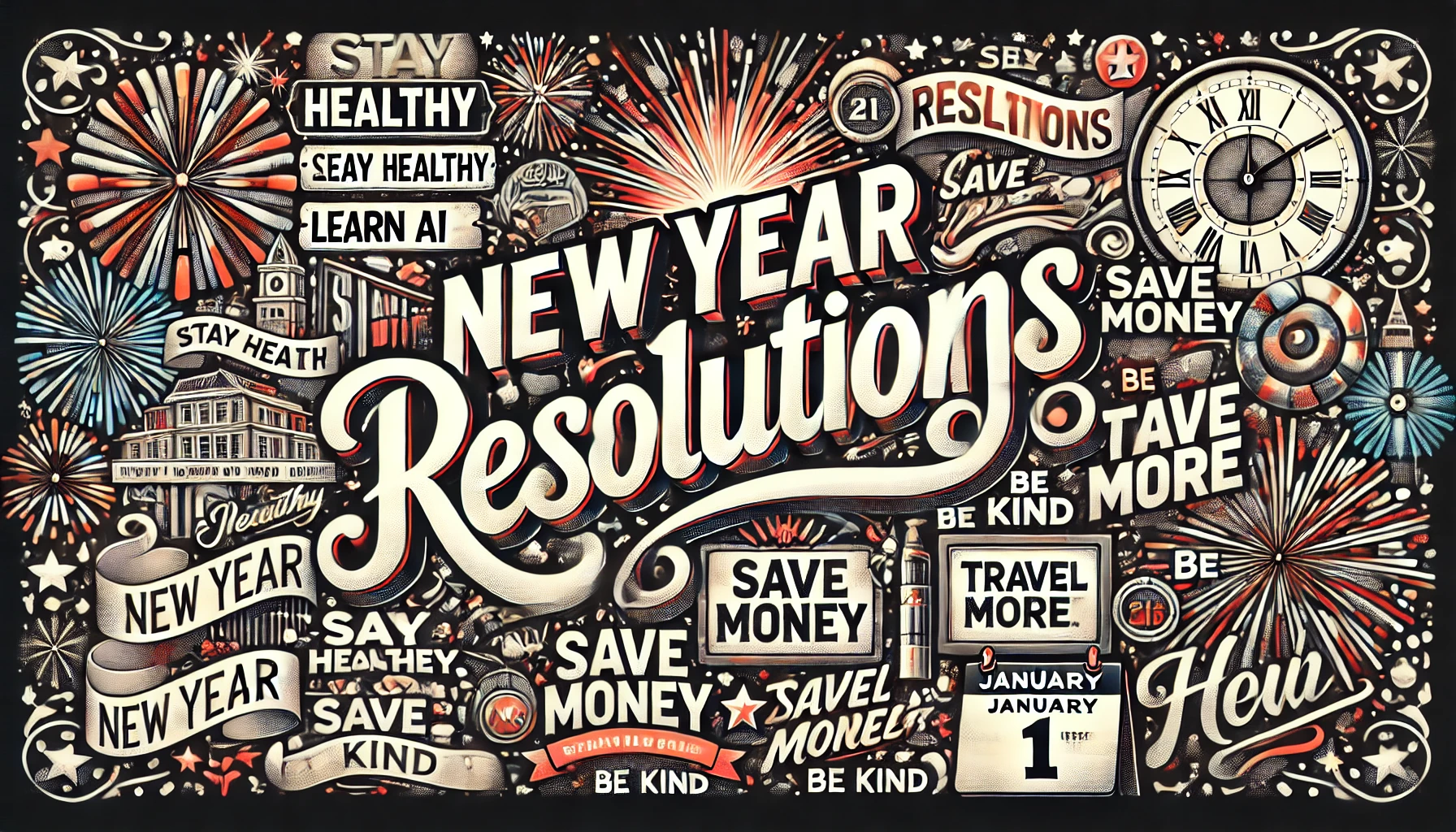New Year’s Day is like an unmarked canvas, holding endless possibilities and the thrill of what’s ahead. It’s a day when you can pause, reflect, and set intentions for the journey to come. But have you ever wondered about the origins of this global celebration? Why does January 1st hold so much importance for some, while others mark the occasion on entirely different dates?
How many New Year Days are there in the year?
There are so many let’s look at the different cultures.
The Gregorian New Year: January 1st
In much of the world, New Year’s Day falls on January 1st. This date’s significance stems from the Gregorian calendar, introduced by Pope Gregory XIII in 1582. Designed to realign the calendar year with the solar year, the Gregorian system replaced the Julian calendar, which had drifted slightly over centuries. January 1st became the start of the year largely due to Roman traditions. The month of January itself is named after Janus, the Roman god of beginnings and transitions, symbolizing doorways and duality. With his two faces, Janus looks both forward and backward—a fitting metaphor for this day of reflection and resolve.
Lunar New Year: A Vibrant Celebration
In contrast to the Gregorian New Year, the Lunar New Year follows cycles of the moon. It’s widely celebrated in East Asian cultures, including China, Vietnam, and Korea. Each year is tied to the Chinese zodiac, rotating through 12 animals, each carrying its own symbolism and traits. This festival usually falls between January 21st and February 20th, depending on the lunar calendar’s alignment. It’s not just about a single day but spans weeks of vibrant festivities, family gatherings, and age-old traditions designed to usher in prosperity and drive away misfortune.
Rosh Hashanah: The Jewish New Year
For those following the Hebrew calendar, New Year’s Day arrives in early autumn, typically September or October. Rosh Hashanah, meaning “Head of the Year,” marks the beginning of the High Holy Days. This period is a deeply spiritual time, filled with reflection, prayer, and the blowing of the shofar, a ram’s horn that symbolizes awakening and renewal. It’s a moment to look inward and start fresh, guided by principles of accountability and hope.
Nowruz: The Persian New Year
Nowruz, celebrated around March 21st, coincides with the vernal equinox and the arrival of spring. Rooted in Zoroastrianism, it’s observed in Iran and across Central Asia. This celebration of rebirth features house cleaning, the setting of a symbolic table called Haft-Seen, and fire-jumping rituals meant to cleanse the spirit. Nowruz is a perfect blend of joy, gratitude, and a deep respect for nature’s cycles.
The Islamic New Year
The Islamic calendar, based on lunar cycles, marks the New Year with the month of Muharram. Unlike Gregorian or solar-based calendars, the Islamic calendar shifts backward by about 11 days each year. The first day of Muharram is a solemn occasion for reflection rather than exuberant celebration. It reminds you of resilience and steadfastness in the face of life’s challenges.
The Maya and Other Indigenous New Years
While less familiar to many, the Maya calendar’s New Year—Wajxaqib’ B’atz’—is an integral part of their cosmology. This day celebrates continuity, weaving together time, traditions, and human connection. Similarly, many Indigenous cultures around the world observe New Year’s days that align with natural events like solstices or harvest cycles, blending gratitude and renewal in their practices.
Why So Many Dates?
The variety of New Year’s Day celebrations across cultures reflects the diversity of human experience. Timekeeping has always been tied to celestial patterns, whether it’s the orbit of Earth around the sun or the phases of the moon. These different calendars are a reminder that while you might count time one way, others do so differently, each with rich traditions and meanings.
Making It Personal 🎶 🕯️
Regardless of when you mark New Year’s Day, its universal appeal lies in the opportunity for fresh beginnings. It’s a day that invites you to set goals, reconnect with your purpose, and find a sense of direction. Whether it’s through quiet reflection, vibrant festivities, or simply spending time with loved ones, you get to decide how to make the most of it.
A Shared Human Moment
At its heart, New Year’s Day is about the shared human need for renewal. As you stand at the threshold of a new chapter, take a moment to appreciate how different cultures have interpreted this universal desire. From Roman gods to lunar cycles, and from spiritual awakening to the coming of spring, these traditions remind you of the beauty and creativity in how humans measure and celebrate time.
Writing Your Next Chapter
So, what does the year ahead look like for you? Whether you follow the Gregorian calendar, Lunar traditions, or another system altogether, the beginning of a new year is your chance to pause, recalibrate, and step forward with intention. However you choose to celebrate, let it reflect your values, aspirations, and the joy of being part of a global tapestry of traditions.










